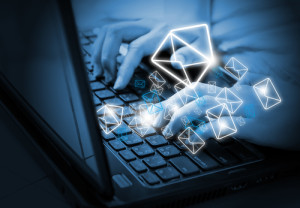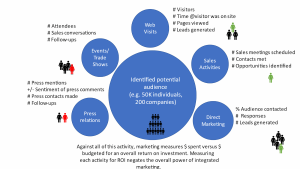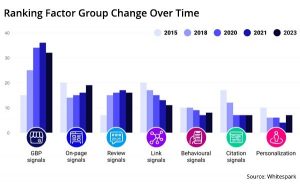 Email persuasion is about what you say and when you say it.
Email persuasion is about what you say and when you say it.
Aspects such as the day of the week, frequency of communication, consistency in tone and the right amount of simplicity all factor in our ability to persuade via written correspondence. They are the main variables that comprise influential email formulation.
Whether you are in sales, are searching for a job or are trying to get a marketing message across, acclimation to these persuasion factors is paramount.
When You Say It: Days of the Week and Ability to Influence
Studies show that Monday emails are the least likely to get a desired response. People like to get their week off on a productive note so if it’s a quick, “everything is going well… I’ll be in touch further tomorrow,” that’s ok. However, any more is advised against.
Statistically, emails are opened more on a Tuesday in corporate America than any other day of the week. Whether directly related to opening frequency or not, it turns out Tuesday is also the best day to inform.
Persuading someone to take action should be reserved for later in the week. For instance, providing clients with a full update on Tuesday as to project status is effective, but it is not recommended that you attempt to get the client to agree to a major decision the same day.
When attempting to get a contract closed or get a budget approval written up, our headhunters have found that people are more receptive to taking action later in the week, i.e. Thursday and Friday.
Studies also show that people are most receptive to emails that arrive around their lunch time.
Regardless of the day, less formal is more persuasive. If you need to write a formal, lengthy email, attach that information in a separate document. People are persuaded by those whom they can relate to and like.
What You Say: 3 Tips for Persuasive Communication
– Understand the power of “because.” When you make a request, you will be more persuasive when you tell the individual why you are making that request. Studies have shown that using the word “because” in email correspondence is over 31% more effective when seeking compliance, compared to leaving the word out.
– Tell a short story about a past client or co-worker like that individual. When a client can relate to a situation that allows you to keep the correspondence simplistic, yet interesting and emotionally engaging for the audience.
– Initially blow them away with an astonishing claim, but avoid lengthy, in-depth explanations following that statement.
Commitment and consistency in correspondence are key. The drive to be and look consistent constitutes a highly potent weapon of social influence, often causing us to act in ways that are clearly contrary to our own best interests.
Good personal consistency is highly valued in our culture and it is a significant weapon of persuasion when dealing with clients, co-workers, subordinates and bosses.
As well it should be. It provides us with a reasonable and gainful orientation to the world. Most of the time we will be better off if our approach to things is well laced with consistency.
Without it clients’ lives would be difficult, erratic, and disjointed, thus making it more difficult to win them to your way of thinking. This is why sporadic email responses or a major change in tone from correspondence to correspondence should be avoided.
In the End
The only way to get people to do things is to make them want to do it. The deepest urge in human nature is the desire to feel important. Whether in email or in-person, it is nearly impossible to persuade if the other party thinks you don’t care.
Digital & Social Articles on Business 2 Community(61)
Report Post




